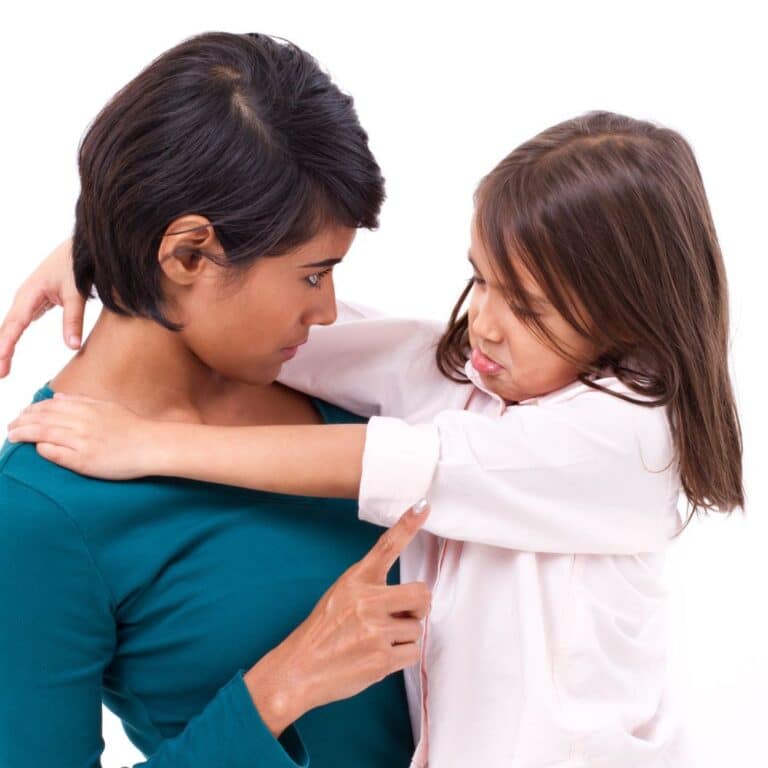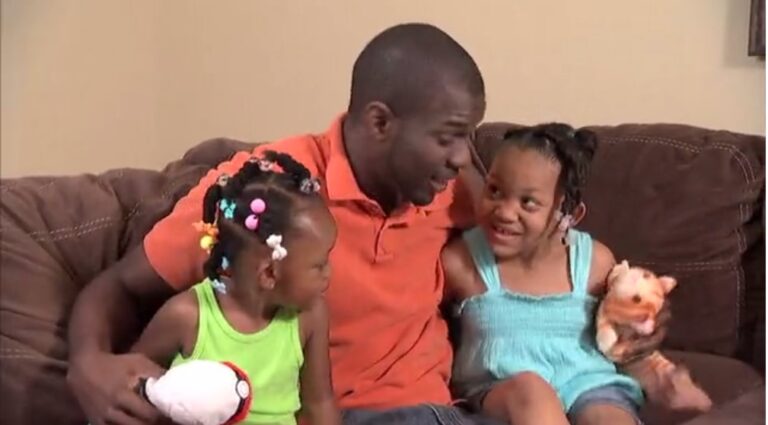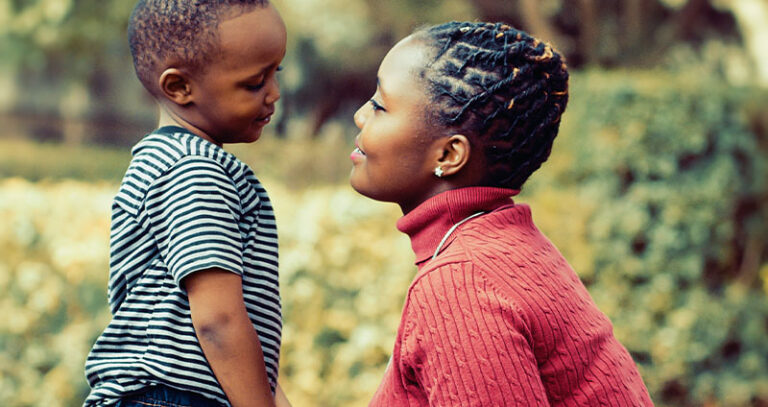
Range of Discipline Techniques
Positive Before-The-Fact Techniques These strategies can help set, communicate, and reinforce boundaries and expectations. Use them to help children learn the difference between positive and negative behavior, or when they are beginning to push boundaries. Each of these techniques acknowledges that children naturally explore the limits of their world and









